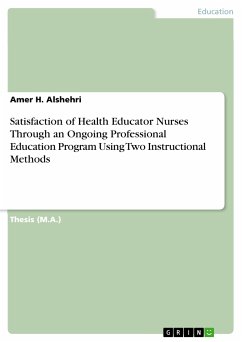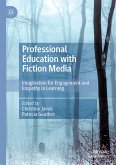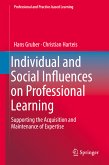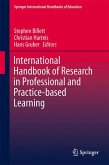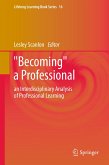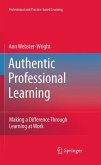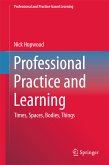Thesis (M.A.) from the year 2010 in the subject Pedagogy - Job Education, Occupational Training, Further Education, grade: 1, , language: English, abstract: The aim of the study was to determine whether the interactive teaching method is more effective than the lecture-based method with regard to the nurse educator’s satisfaction and learning. No local study has been conducted in this area in health educational training programmes in the primary health care setting. The results of this study will help administrators of health education programmes to evaluate the desirability of implementing interactive methods in health education and training. The study was conducted between January and June 2008 in the Dammam area of the Kingdom of Saudi Arabia. The study was a cross-sectional study that sought to identify the perceptions of health educator nurses; of the 40 invited to participate, 34 nurse educators from 20 primary health care centers attended. The 34 participants were divided in two groups by simple random tables. The quantitative method of data collection, through the use of a two-part questionnaire, was employed. The mean age of the nurse educators was 35.2 ± 6.9 years. There was a statistically significant difference between the traditional and interactive methods in10 items out of the 22-item questionnaire (higher scores toward interactive method). There was also a significant difference in participants’ preference for the interactive method over the traditional lecture-based method. In addition, significantly better scores for course content and student satisfaction resulted from use of the interactive method. No single factor among the demographic characteristics was found to significantly affect the total differences in score of participant`s perceptions. Nurse educators in primary health care centers prefer an interactive teaching method and peer teaching over the traditional lecture-based method of instruction. There is a need to train nurse educators to become effective presenters using interactive methods. Updating nurses’ knowledge in interactive teaching and the use of peer teaching is, therefore, important in continuing medical education programs for health professionals.

